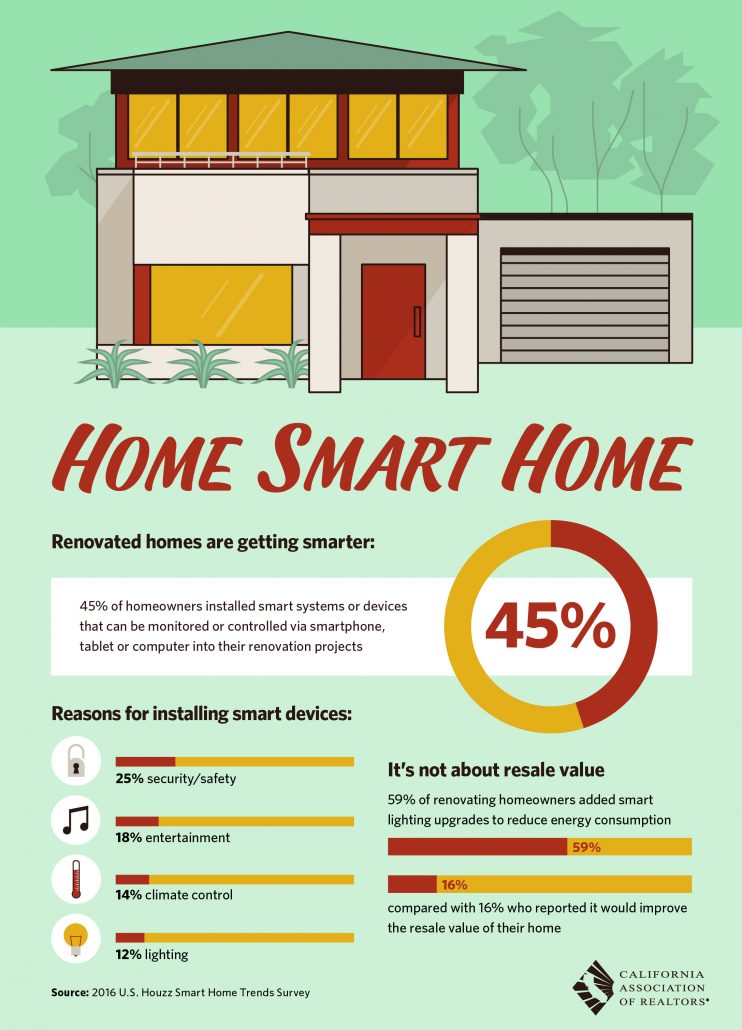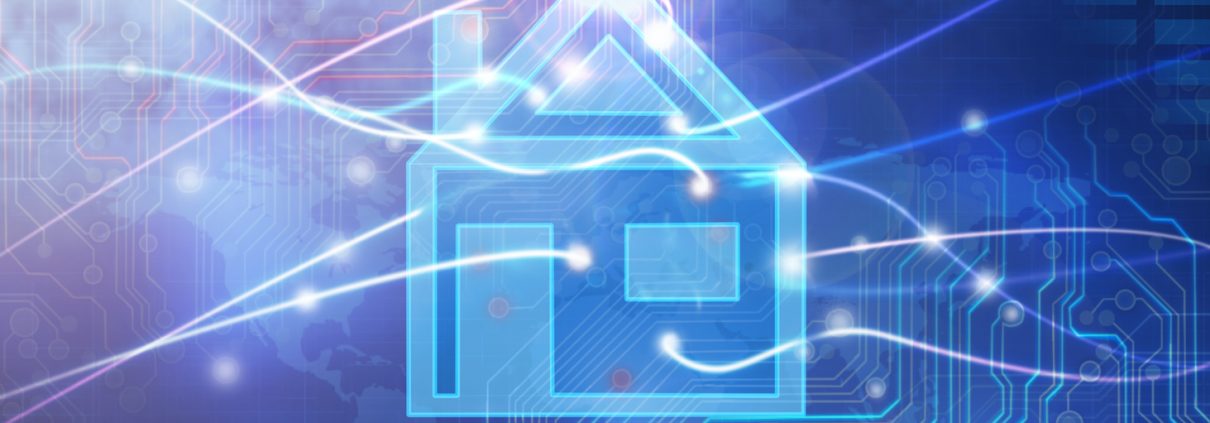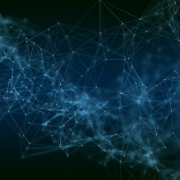The Anatomy of a Smart Home
Digital technology is rapidly changing all facets of our lives. It’s already changed the way we communicate, access information, and control our environment. It’s only a matter of time until it takes over our homes. Smart Homes are an emerging technology that promises to bring modern conveniences through our front doors and into our living rooms. You might have an Amazon Echo or Nest Thermostat waiting for you at home. Those may be the most well known smart home products, but more smart devices are emerging that will soon change the way we live. In order to understand the future of homes, we need to understand just how it is they function. Here is the anatomy of the modern smart home as we move deeper into the technological age.

Artificial intelligence works in a fashion similar to human intelligence. We gather information, interpret the data, and react. Smart home devices are no different. They use sensors to gather information, process and store it through a processing unit, and have an active response system in place to make modifications to their behaviour. Essentially, they learn from patterns. Take smart thermostats for example. They have built in sensors to understand when you’re home and will adjust the temperature without prompting. They can also adapt to your schedule. The thermostat can adjust to your routine and alter temperatures when you’re out of the house to save energy. Then, if you’re home at irregular hours, it will sense your presence and adjust the temperature on the fly.
Where these devices differ from humans, however, is in their central processing. Humans benefit from having a central processing unit. Our brains can understand, adapt and react for all parts of our bodies. Some high functioning smart homes have a central processing unit that stores all of their data. More products are being released that can seamlessly connect with your network and be controlled via an app on a device. Take smart bulbs for example. You can turn the lights on or off, adjust brightness, color, or a lighting schedule straight from your smartphone device. However, these smart home devices are still reliant on independent systems. Consider your Nest thermostat and Amazon Echo. They act completely independent and have no communication with each other. For homes to be completely autonomous, these smart devices need to be integrated together.
Innovative new technologies to look for in 2017. #AI #robotics #4dprinting #AR #VR #cybersecurity #blockchain #smarthome #wearables #IoT pic.twitter.com/euvlIYhP6G
— Vladimer Botsvadze (@VladoBotsvadze) September 6, 2017
Integration may be where smart homes are headed, but today they remain worlds apart. It seems counterintuitive to think that the Internet of Things is disconnected. However, manufacturers are setting up smart devices in a way that limits communication between device and owner. Manufacturers maintain control of these devices by storing device data secretly in the cloud. If owners want access to the data, they must then follow manufacturer policy and guidelines to establish an interaction with the cloud. Today, smart homes exist as a series of disassociated devices. You can go out and purchase your smart bulbs and thermostat, but your lights and air will still interact as separate devices.
None of this is to say that the technology is unimpressive. Artificial intelligence is moving forward in leaps and bounds, and smart home devices are exhibit A for their progression. Today’s fully integrated smart homes are able to handle all matters of functionality. But what does that entail? In order to be completely “smart”, a home should be able to handle all levels of interaction. They should think, see, hear, speak, and act completely autonomously. Mainstream items like smart cameras, bulbs, electrical outlets, environmental sensors, speakers, and entertainment options are all readily accessible to consumers. All of this has created a level of convenience that’s unparalleled for homeowners.
#GenX and #Millennials shift gears on smart devices and gear-up the #smarthome, the #AI-infused #Alexa gaining ground quickly. #IoT pic.twitter.com/mR1NrPFdBn
— Mike Quindazzi ✨ (@MikeQuindazzi) September 5, 2017
This intelligence shift has created a new set of expectations for consumers. As we move toward the future, more demand will be placed on improved smart home devices that fully integrate into homes. In the long-term, devices might shift away from their cloud-connected nature and move towards a centrally controlled processing unit. For now, homeowners can sit back and enjoy their high-functioning devices without having to lift a finger.
Author:
AJ Delorena is the founder of Talented Technologies and writes on their blog “The Bleeding Edge Of Tech”. He founded Talented Technologies in 2008, after he a successful career in Silicon Valley in both IT Engineering and Sales roles, seeing a unique opportunity in the IT secondary market (link), as a quintessential Silicon Valley startup that quickly outgrew his garage in one month.
———
GET YOUR DTS TICKET TODAY (link)






